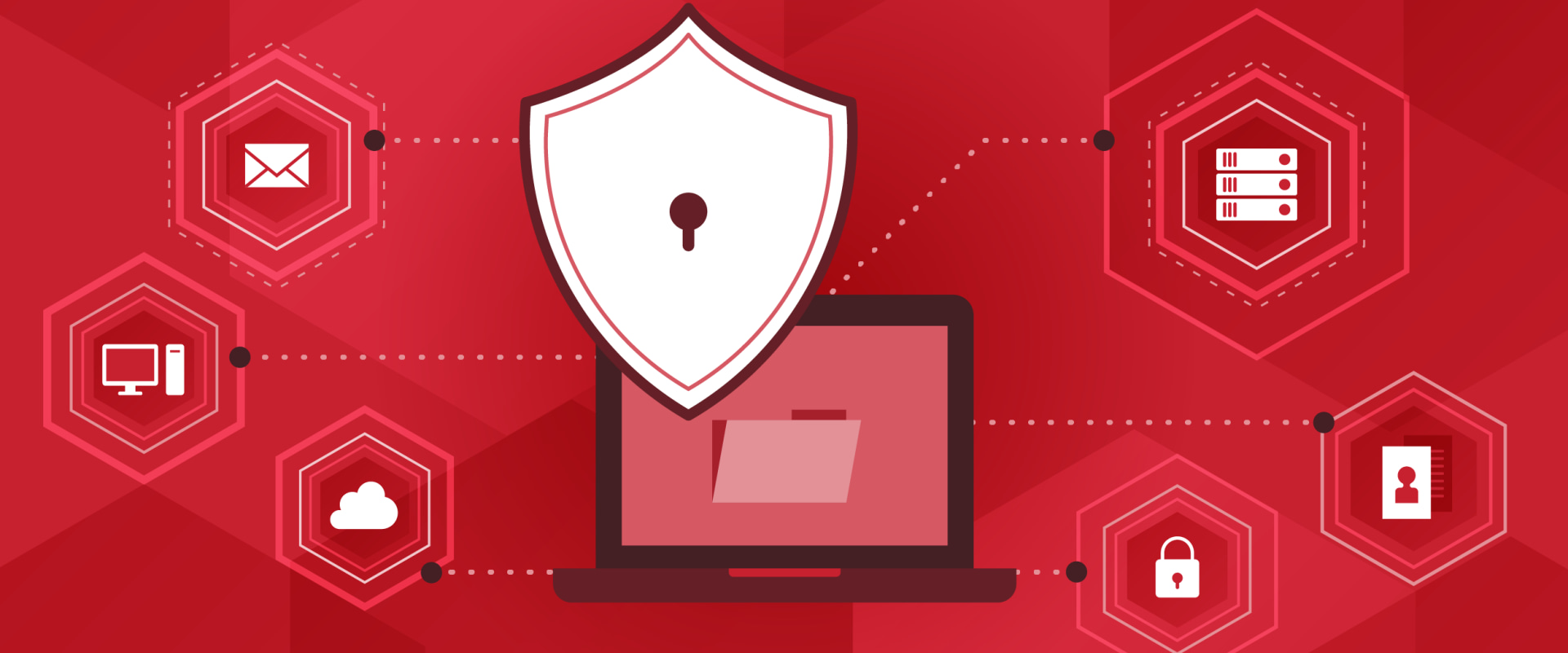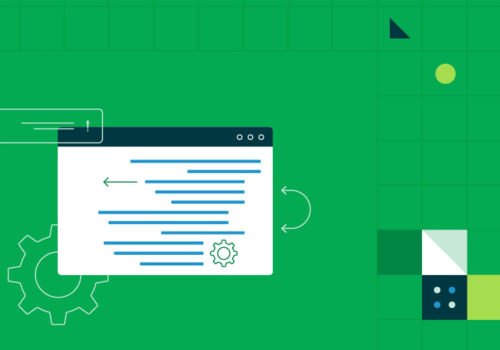The user access control policies are an essential part of any organization's security and compliance framework. In order to ensure that all systems and data remain secure and compliant, organizations must have policies and procedures in place to grant, monitor, and control user access. In this article, we'll discuss what user access control policies are, why they are important, and the different types of access control policies you need to consider. User access control policies are an important component of HIPAA IT policies and procedures. They help to protect an organization’s confidential information and restrict access to only authorized individuals.
They also help to ensure that any changes made to systems or data are properly documented and audited. Whether you are a small business or a large enterprise, it is important to have comprehensive user access control policies in place. This article will provide you with an overview of user access control policies, including what they are, why they are important, and the different types of access control policies you need to consider. User access control policies are essential for protecting the security of an organization’s data.
User access control
is a security measure that restricts the access of certain users to certain data or systems. It works by assigning user permissions to certain individuals and groups, based on their job roles or other criteria.In this article, we will cover best practices for implementing user access control policies, compliance requirements and tips for successful implementation. Before discussing the implementation of user access control, it is important to understand the key definitions associated with it. A user access control policy is a set of rules and regulations that define who has access to what data and systems. A user access control list (ACL) is a list of users and their associated access rights. The ACL is used to identify who has access to certain systems, services, applications and other resources. The benefits of user access control are numerous.
It helps an organization to better manage its data by providing appropriate access levels for different users. It also helps to protect the organization’s data from unauthorized access and misuse. Additionally, user access control helps with compliance with HIPAA IT policies and procedures. There are several types of user access control policies, each with its own advantages and disadvantages. Role-based access control (RBAC) allows the assignment of user roles and privileges based on job responsibilities.
Mandatory access control (MAC) is a more restrictive type of user access control which assigns permissions based on a predefined set of rules. Finally, discretionary access control (DAC) allows users to have more flexibility in assigning permissions. When implementing a user access control policy, there are several steps that should be taken. First, the organization needs to determine which users need access to what data and how this will be monitored. Then, the organization should create an ACL that defines who has access to what resources.
Finally, the organization should monitor the user’s activities to ensure that the policy is being followed. It is also important to provide examples of successful user access control implementations in order to demonstrate best practices. For example, one company implemented role-based access control to ensure that only authorized users had access to its sensitive data. Another organization implemented mandatory access control to help it comply with HIPAA regulations. When implementing user access control policies, there are some potential challenges and risks that should be considered. For example, if too many users are given access to sensitive data, this could increase the risk of a security breach.
Additionally, if the policy is not properly monitored or enforced, users may be able to bypass the controls and gain unauthorized access. In conclusion, user access control policies are essential for protecting an organization’s data from unauthorized access and misuse. When implementing a user access control policy, organizations should consider the different types of policies available and take steps to ensure that only authorized users have access to sensitive data. Examples of successful implementations can be used as a guide for successful implementation of user access control policies. Finally, organizations should be aware of any potential challenges or risks associated with implementing such policies.
Best Practices for User Access Control Policies
User access control policies are essential for protecting the security of an organization’s data.To ensure that user access control policies are effective, organizations should implement best practices such as setting up roles and privileges for users, using strong passwords and authentication methods, limiting administrator privileges, and monitoring user activity. Organizations should set up roles and privileges for users to ensure that only those who have the necessary permissions can access sensitive data. This can be done by assigning specific roles to users, such as administrator, user, or guest, and then granting specific privileges to each role. This will help to ensure that users are only able to access the data they need to perform their job, and will help prevent unauthorized access.
In addition to setting up roles and privileges, organizations should also use strong passwords and authentication methods. Passwords should be complex and contain a mix of upper and lowercase letters, numbers, and special characters. Organizations should also consider using multi-factor authentication methods such as token-based authentication or biometrics to further protect access to sensitive data. Organizations should also limit administrator privileges to ensure that only those with the necessary skills and qualifications are able to access sensitive data.
This is especially important for administrators as they often have unrestricted access to a system. Limiting administrator privileges will help reduce the risk of unauthorized access or misuse of data. Finally, organizations should monitor user activity to ensure that users are following the user access control policies. This can be done by logging user activities and reviewing them periodically.
This will help organizations identify any potential security threats or violations of the user access control policies. It is important for organizations to regularly review their user access control policies to ensure that they are up-to-date with changing business needs. Organizations should also review their user access control policies after implementing any new systems or processes to ensure that the policies are still relevant. By regularly reviewing user access control policies, organizations can ensure that their systems remain secure and compliant with applicable laws and regulations.
User access control policies are essential for organizations to secure their data. In this article, we discussed best practices for implementing user access control policies, compliance requirements, and tips for successful implementation. It is important to remember that user access control policies should include prevention, detection, and containment strategies. Organizations should also ensure that these policies are enforced and regularly updated.
Additionally, organizations should consider incorporating technologies such as multifactor authentication to strengthen their user access control policies. For more information on user access control policies, consider consulting resources such as the National Institute of Standards and Technology (NIST).








Leave Message